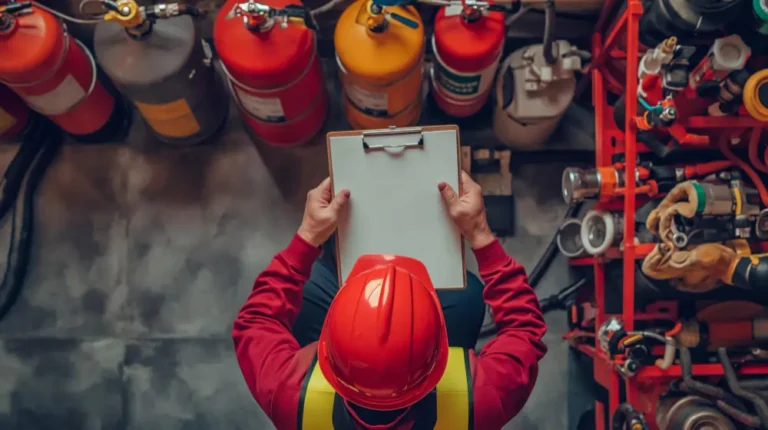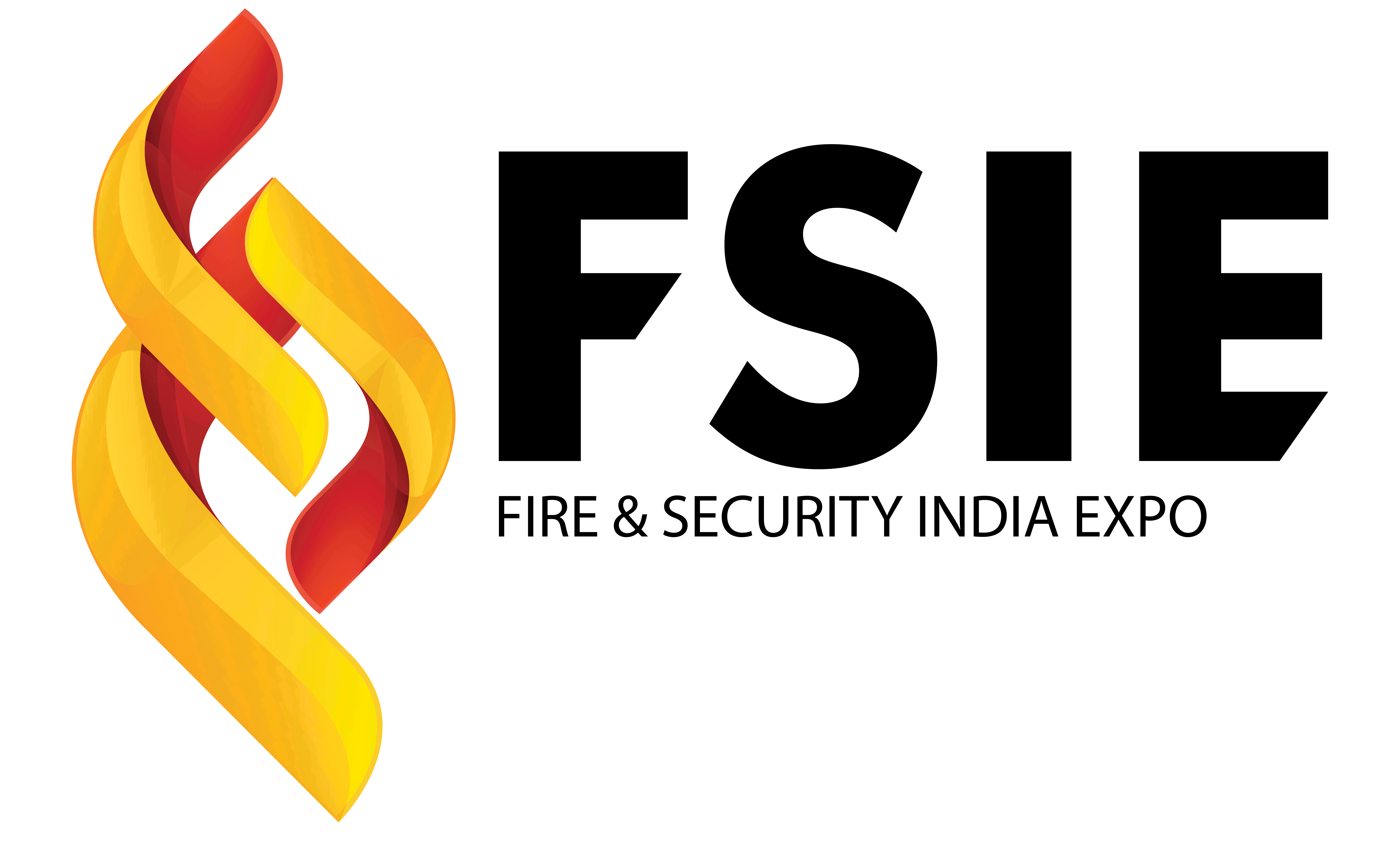Fire Safety Compliance Checklist for Industrial Facilities
Fire safety in industrial facilities is not just a regulatory requirement—it’s a responsibility. From protecting lives to safeguarding equipment and preventing production downtime, fire safety compliance plays a critical role in ensuring a facility runs smoothly. A single fire incident can cause massive financial losses, damage to reputation, and even legal consequences.
This fire safety compliance checklist will help industrial facility managers, safety officers, and business owners ensure they meet both legal regulations and best practices for workplace safety.
1. Understand Legal Requirements and Standards
Before implementing any fire safety measures, it’s essential to understand the legal framework that applies to your facility. In India, industrial fire safety is regulated by:
- National Building Code of India (NBC)
- Factories Act, 1948
- Occupational Safety, Health and Working Conditions Code
- Local fire department guidelines and state-specific regulations
Each regulation outlines the minimum requirements for fire prevention, detection, and emergency response. Conducting regular compliance checks ensures you avoid penalties and maintain the trust of employees, clients, and stakeholders.
2. Conduct a Fire Risk Assessment
A fire risk assessment is the first step to identifying potential hazards in your industrial environment. This should include:
- Mapping areas with flammable materials or combustible dust
- Checking electrical wiring, machinery, and high-temperature processes
- Evaluating emergency access and exit routes
- Reviewing storage practices for chemicals, fuels, and raw materials
A detailed risk assessment helps you prioritize safety measures and invest in the right equipment.

3. Install and Maintain Fire Detection Systems
An early warning system can be the difference between a minor incident and a catastrophic fire. For industrial facilities, it’s important to:
- Install smoke detectors, heat detectors, and flame sensors in high-risk zones
- Connect detection systems to a central alarm panel
- Ensure alarms are audible and visible in noisy environments
- Test detection systems regularly, at least once every month
Detection systems should be chosen based on the type of industrial process. For example, heat detectors may be more effective than smoke detectors in high-dust environments.
4. Ensure Adequate Fire Suppression Equipment
Industrial facilities require more than just handheld fire extinguishers. Depending on your operations, you may need:
- ABC dry powder extinguishers for electrical and flammable liquid fires
- CO₂ extinguishers for sensitive equipment areas
- Automatic sprinkler systems for widespread protection
- Foam suppression systems for chemical and oil-related fires
- Hydrant systems with easy-to-access hose reels
Routine inspection and maintenance of these systems are essential. A malfunctioning fire extinguisher is as dangerous as having none at all.
5. Maintain Clear and Accessible Exit Routes
In an emergency, evacuation speed is critical. Make sure:
- All exit routes are clearly marked with illuminated signs
- Pathways are free from obstructions
- Exit doors open outward and are never locked during working hours
- Emergency lighting is installed in case of power failure
Also read: The Difference Between Smoke Alarms and Fire Alarms
6. Store Flammable Materials Safely
Improper storage of fuels, chemicals, and other flammable materials can escalate a small spark into a massive blaze. Follow these guidelines:
- Store flammable liquids in approved safety cabinets
- Keep them away from ignition sources
- Use flameproof containers and proper ventilation
- Label hazardous materials clearly
7. Maintain Electrical Safety Standards
Electrical faults are among the top causes of industrial fires. Preventive measures include:
- Routine inspection of wiring, switches, and circuit breakers
- Using explosion-proof electrical fittings in hazardous zones
- Avoiding overloading of circuits
- Installing surge protection systems
8. Train Employees in Fire Safety
Even the most advanced fire protection systems are useless without trained personnel. All employees should receive training on:
- Identifying fire hazards
- Using fire extinguishers correctly
- Following evacuation procedures
- Reporting incidents promptly
9. Prepare and Update Emergency Response Plans
A fire emergency response plan ensures everyone knows what to do when an alarm sounds. This plan should include:
- Evacuation procedures for each building section
- Roles and responsibilities of safety teams
- Communication protocols with local fire departments
- Assembly points and headcount procedures
Review and update the plan annually or whenever major operational changes occur.
10. Schedule Regular Fire Safety Audits
Fire safety audits help identify compliance gaps before they lead to disasters. A typical audit includes:
- Reviewing documentation of fire safety equipment maintenance
- Inspecting physical infrastructure for risks
- Checking training records and drill performance
- Ensuring all systems meet current legal requirements
11. Implement Housekeeping and Waste Management Practices
- Removing combustible waste daily
- Keeping machinery free from oil and dust buildup
- Ensuring waste bins are emptied regularly
- Disposing of chemical waste according to safety guidelines
12. Ensure Coordination with Local Fire Authorities
Industrial facilities should maintain close communication with local fire services. This includes:
- Sharing site maps and hazard information
- Inviting fire officials for periodic inspections
- Participating in community safety programs
- Keeping emergency contact numbers prominently displayed
Early coordination can reduce response time during emergencies.
13. Monitor and Upgrade Safety Systems
Technology in fire safety is constantly evolving. Consider upgrading to:
- IoT-enabled fire alarms for real-time alerts
- Automated suppression systems for critical machinery
- Thermal imaging cameras to detect overheating before ignition
- Gas leak detection systems in chemical facilities
Regularly assess whether your current systems meet modern safety demands.
Fire safety compliance in industrial facilities is not a one-time task—it’s an ongoing process of assessment, training, and improvement. By following this comprehensive checklist, you ensure that your facility is prepared to prevent, detect, and respond to fire emergencies effectively.
Compliance not only protects lives and assets but also demonstrates your commitment to employee welfare, environmental safety, and operational excellence. In a world where industrial risks are high, proactive fire safety measures are the foundation of a safe and sustainable business.
